GREEN HEALINGS WITH THE POWER OF PAIN RELIEF PLANTS:
Nature’s Analgesics: Plants for Pain Relief
Nature has long been a source of healing for people. Indigenous societies have used the therapeutic qualities of numerous plants to treat discomfort and anguish for thousands of years. Modern science is finally catching up to these ages-old traditions and recognizing the remarkable benefits of pain-relieving plants.
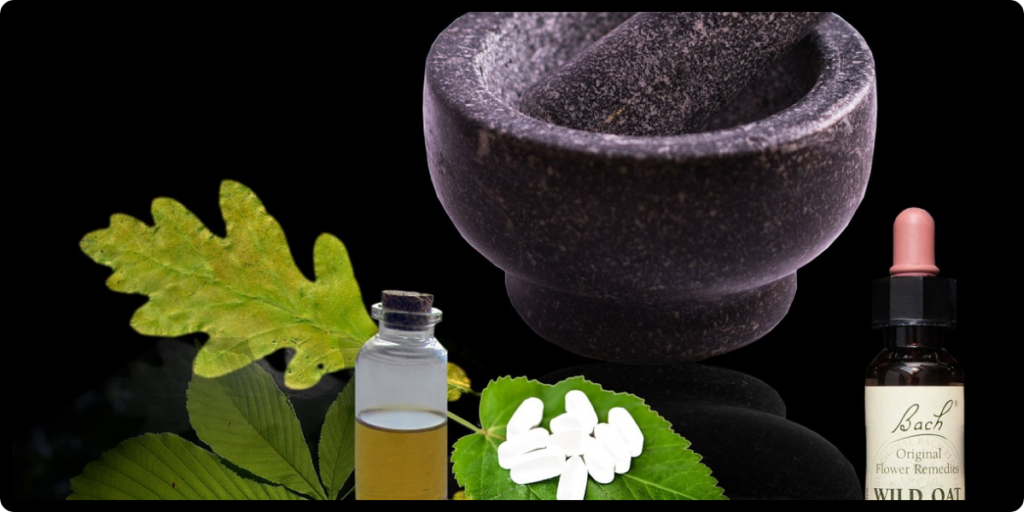
Introduction: The search for natural discomfort alternatives has dramatically picked up pace in the fast-paced world of today. Green healing, a holistic strategy that makes use of the medicinal benefits of plants that relieve pain, provides a safe and sustainable alternative to traditional treatment. This article covers the intriguing realm of plants that relieve pain and their function in fostering wellbeing.
“Turmeric: Nature’s Powerful Pain Relief Plant”

In recent years, turmeric, or Curcuma longa, as it is explicitly identified, has acquired widespread popularity as a miraculous herb for relieving pain. This bright yellow spice, which is frequently utilized in Asian cooking, includes curcumin, an energetic bioactive compound with both analgesic and anti-inflammatory properties.
Turmeric and its role in alleviating pain
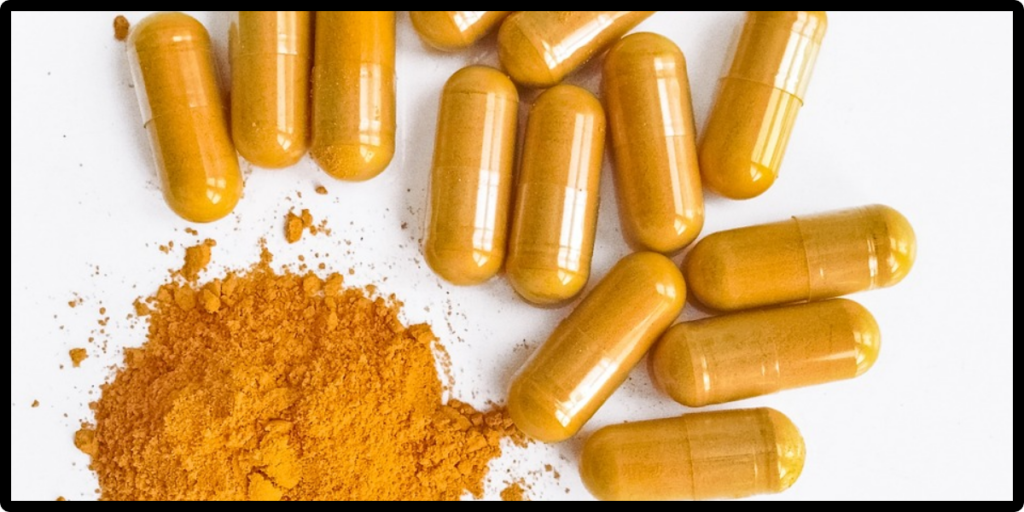
Anti-Inflammatory Action:
- Curcumin is a natural anti-inflammatory agent that can help reduce inflammation in the body.
- Inflammation is a key driver of many chronic pain conditions, such as arthritis and muscle soreness.
Analgesic Effect:
- Curcumin, an ingredient in turmeric, has recently been proven to have painkilling properties, which means it may successfully minimize pain.
- It may reduce sensitivity to pain or improve how painful things are perceived overall.
Anti-oxidant capability:
- Strong antioxidants like curcumin can counteract the damaging effects of free radicals in the body.
- It may assist in reducing pain brought on by cellular damage by preventing oxidative stress.
HOW TO USE TURMERIC FOR PAIN RELIEF:
Incorporating Turmeric into Your Diet:
- A delicious and easy way to take advantage of turmeric’s pain-relieving benefits is by adding it to your meals.
- Use it as a spice for roasted vegetables, soups, curries, rice dishes, and even other meals.
Turmeric Tea:
- Turmeric tea is a soothing option for pain relief.
- You can make it by boiling water and adding turmeric powder, ginger, and honey for flavor.
Supplements with turmeric:
- Supplemental turmeric, sometimes in the form of curcumin capsules, is an easy way to ensure a regular daily dose.
- To establish the optimum amount for your requirements, consult with a healthcare expert.
Turmeric Topical Applications:
- Turmeric paste, when applied topically, can be used to relieve joint pain and muscle soreness.
- Mix turmeric powder with water or oil to create a paste and apply it to the affected area.
Considerations and Precautions
- Although turmeric is typically safe for the majority of individuals, it might interact with some drugs, such as blood thinners. Before using turmeric as a pain reliever, check with a medical professional, especially if you are on medication or have underlying health issues.
- Before including turmeric in their diet or supplement regimen, those who are pregnant or nursing should use caution and speak with a healthcare provider.
Conclusion: A natural and effective plant for pain alleviation is turmeric, which contains the active ingredient curcumin. It is a vital component of a holistic approach to pain care because of its anti-inflammatory, analgesic, and antioxidant characteristics. You can harness the potential of this unusual spice to reduce pain and improve overall health by dabbling with various ways to incorporate turmeric into your daily routine. Always put safety first and get specific instructions on employing turmeric for relief from pain from a healthcare professional.
cloves:
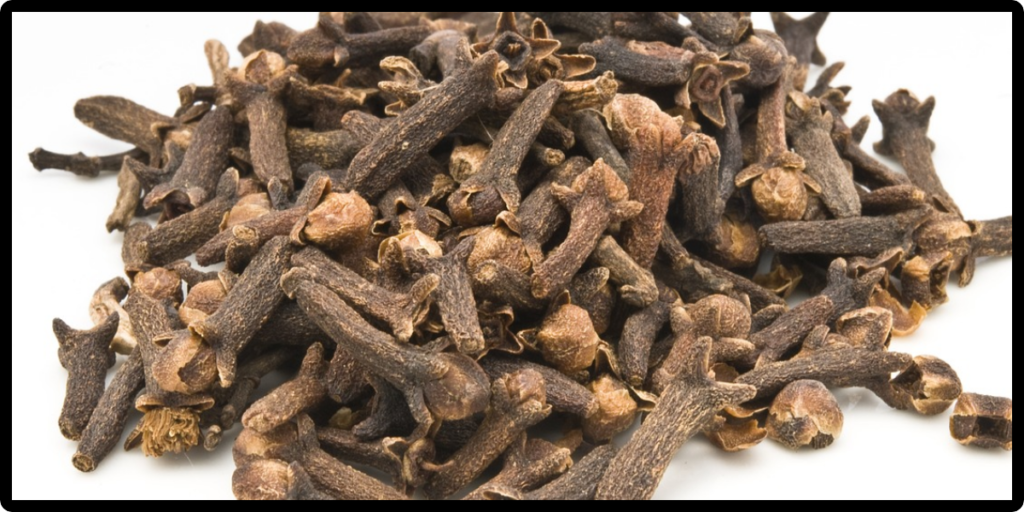
Cloves (Syzygium aromaticum) are indeed known for their potential pain-relieving properties, primarily due to the presence of certain compounds such as eugenol. Eugenol is a natural analgesic and anti-inflammatory agent found in cloves and is responsible for many of their medicinal benefits.
Clove can be used for pain relief in several ways. Here are some common methods:
Clove oil:
Clove oil is a popular way to use cloves for pain relief. It contains eugenol, a natural analgesic (pain-relieving) compound. Here’s how to use clove oil:
- Toothache Relief: Relief from toothaches can be obtained by dabbing a cotton ball or swab with a tiny amount of clove oil before placing it on the tooth or gum that is bothering you. The clove oil contains eugenol, which can help numb the region and relieve toothache discomfort.
- Muscle and Joint Pain: Dilute clove oil with a carrier oil (such as coconut oil or olive oil) and massage it into sore muscles or joints. The warming sensation can help alleviate pain and reduce inflammation.
- Headache Relief: Mix a few drops of clove oil with a carrier oil and massage it onto your temples and forehead. The aroma and eugenol may help relieve tension headaches.
Clove Tea:
- Boil water and steep a few cloves in it for 5–10 minutes.
- Optionally, you can add honey or lemon for flavor.
- Drink the tea while it’s warm. It may help soothe a sore throat and provide general pain relief.
Chewing on entire cloves:
If you have a toothache or a sore mouth, try chewing on a whole clove. Cloves are strong and can irritate the mouth, so take care not to chew them too vigorously or frequently.
Clove Compress:
- Crush a few cloves and wrap them in a clean cloth or a small cotton bag.
- Place the cloth or bag in hot water for a few minutes to release the aromatic oils.
- Once it’s warm but not too hot, apply the clove compress to the painful area. This can be effective for muscle and joint pain.
Cooking with Cloves:
Cloves are often used to prepare an array of foods, including soups, stews, and desserts. They are frequently used in cooking. Even though it can’t alleviate your pain immediately, this is an approach for getting cloves into your diet, which may have some beneficial health effects over time.
IN SUMMARY,
Use cloves moderately, and use caution when applying clove oil to the skin or gums since it may irritate some people or trigger an allergic response. Consult a healthcare provider for a correct diagnosis and treatment plan if your pain intensifies or lingers. Particularly in situations of severe or persistent pain, cloves should not be used in place of medical attention.
TRIPHALA
Ayurvedic medicine, a venerable medical system with its roots in India, uses the herbal cure triphala, which is well-liked and traditional. Three dried fruits combine to make triphala, each of which has unique attributes and health benefits. the following three fruits:
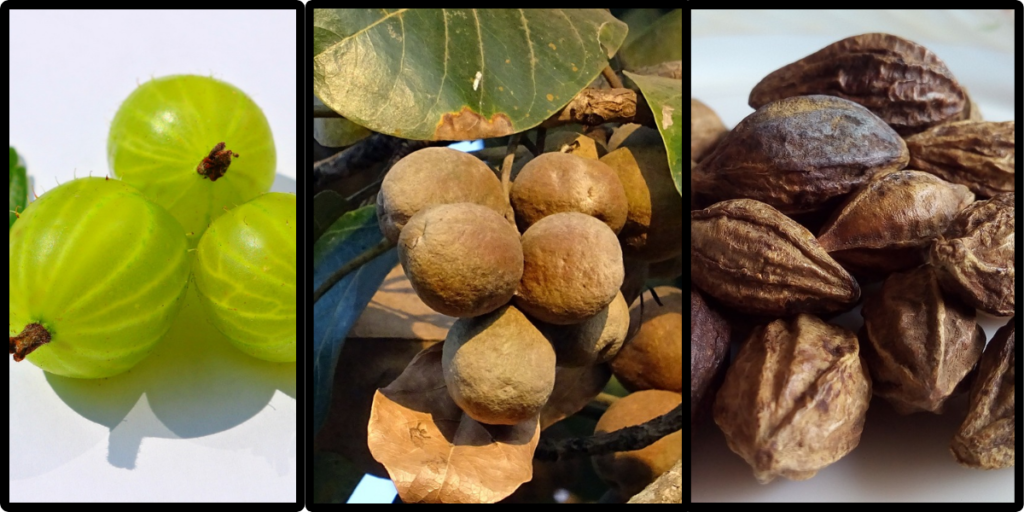
Amalaki
Amalaki (Emblica officinalis), frequently referred to as amla or the Indian gooseberry, is an edible plant high in antioxidants and vitamin C. It is widely recognized for its ability to regenerate and strengthen the immune system. Amalaki is regarded in Triphala as assisting digestive health, improving nutrient absorption, and advancing general wellbeing.
Bibhitaki
Bibhitaki (Terminalia bellirica) is a different Triphala ingredient noted for its astringent qualities. The digestive tract is believed to be cleansed, and the respiratory system may be supported. Furthermore, bibhitaki is employed as a detoxifier.
Haritaki
Haritaki is considered the “king of herbs” in Ayurveda and is believed to have a wide range of health benefits. It is known for its laxative and detoxifying properties, helping to regulate bowel movements and remove toxins from the body. Haritaki is also thought to promote overall digestive health and support the nervous system.
While Triphala may indirectly help with some types of pain by improving digestion and overall health, it is not a direct painkiller.
You can adhere to the following general recommendations when using triphala for digestive health:
- Choose Any Form: Triphala exists in powder, pill, tablet, and liquid extract forms, among others. Select the form that is most beneficial for you.
- Dosage: Follow the recommended dosage instructions provided on the product label or consult with an Ayurvedic practitioner or healthcare professional for personalized guidance.
- Consistency: Triphala is often taken on a regular basis, such as once daily before bedtime. Consistency in usage is key to its potential benefits.
- Hydration: Be sure to drink plenty of water when using Triphala, as it can have a drying effect on the digestive system.
TRIPHALA USAGE’S
- Detoxification: It is believed to assist in detoxifying the body by facilitating the removal of toxins and waste products from the digestive system.
- Immune Support: The antioxidant-rich components of Triphala, especially amalaki, are thought to boost the immune system.
- Eye Health: Some Ayurvedic practitioners use Triphala for eye health, including conditions like conjunctivitis and dry eyes.
- Digestive Health: Triphala is often used to promote healthy digestion, relieve constipation, and support regular bowel movements.
- Weight Management: Triphala is sometimes included in weight loss formulas in Ayurvedic medicine as it is believed to support a healthy metabolism and digestion.
IN SUMMARY,
For advice on dose and usage when taking Triphala, it is crucial to speak with a licensed Ayurvedic practitioner or healthcare expert because individual requirements and reactions might differ. Even though triphala is mostly regarded as safe when taken as recommended, it could interact with certain medications or health issues, so it’s essential to let your physician know if you plan to use it as a supplement.
NIRGUNDI

Nirgundi, scientifically known as Vitex negundo, is a medicinal plant with a long history of use in traditional medicine systems, particularly in Ayurveda and traditional Chinese medicine. It is commonly referred to as the “Five-Leaved Chaste Tree” or “Nirgundi” in Hindi.
Nirgundi (Vitex negundo) can be used in various forms, depending on the intended purpose and the availability of the plant or its products.
some common ways to use Nirgundi
Oil from NIRGUNDI:
- Topical Use: Nirgundi oil is frequently applied topically to treat a variety of skin conditions and to relieve pain. You can massage the oil into the afflicted region after applying it there. As well as treating skin disorders like eczema or psoriasis, it is also used for joint and muscular discomfort.
- Massage Oil: Nirgundi oil may be used to massage muscles to reduce pain and stiffness by dilution with a carrier oil, such as coconut or sesame oil.
- Headaches: Some people apply Nirgundi oil to the temples and forehead to ease tension headaches.
Leaves of the nirgundi
- Poultice: Nirgundi leaves must be crushed and treated directly at the problematic locale to make a poultice. This is usually used for skin conditions or muscle and joint discomfort. For an extended period, leave it on and fix it with an adhesive bandage or a small cloth.
- Infusion: Nirgundi leaves can be boiled in water to make an infusion, which can then be used topically as a wash or as a compress to treat skin issues.
Nirgundi Tea:
- If you have access to fresh Nirgundi leaves, you can prepare a tea by steeping the leaves in hot water. This infusion can be consumed for its potential benefits, such as respiratory support or menstrual issues.
Nirgundi supplements or capsules:
- Nirgundi is available as a supplement or in pill form if you prefer an accessible and standardized form. Observe the dose recommendations shown on the product label or as suggested by a healthcare professional.
Nirgundi Tincture:
- Tinctures are concentrated herbal extracts. Nirgundi tinctures can be taken orally, usually diluted in water or juice, and are sometimes used for their potential medicinal properties.
Formulations used in Ayurveda:
- Various herbal formulations frequently use the plant nirgundi as a component. Based on each patient’s unique health requirements, Ayurvedic doctors frequently recommend these mixtures.
IN SUMMARY,
Despite the fact that nirgundi has a history of usage for pain treatment, it’s important to remember that there hasn’t been much scientific study on how effective it is, and that different people may respond differently. It is advised to get advice from a licensed healthcare provider or Ayurvedic practitioner if you are thinking about utilizing nirgundi for pain treatment.
ARNICA

Arnica (Arnica montana) is a plant that has been used for centuries as a traditional remedy for pain relief, especially for conditions involving muscle aches, joint pain, and inflammation. It is a member of the sunflower family and is native to mountainous regions in Europe and North America. Arnica is known for its potential analgesic (pain-relieving) and anti-inflammatory properties
How Arnica can be used for pain relief:
1. Topical Arnica Creams or Oils: Arnica is commonly used topically in the form of creams, ointments, gels, or oils. These preparations are applied directly to the skin over the painful area. Arnica may help relieve pain and reduce inflammation associated with conditions such as:
- Muscle Aches and Strains: Arnica is often used by athletes and individuals with muscle soreness due to strenuous exercise or physical activity.
- Bruises: Arnica is used to speed up the healing process of bruises and reduce their associated pain and swelling.
- Osteoarthritis and Rheumatoid Arthritis: Some people use Arnica preparations to manage pain associated with arthritis, although the evidence supporting their efficacy is limited.
Arnica Oil:
- Massage: Arnica oil, diluted with a carrier oil like almond or jojoba oil, can be used for massage therapy. It may help reduce pain and inflammation in the muscles and joints
Arnica homeopathic:
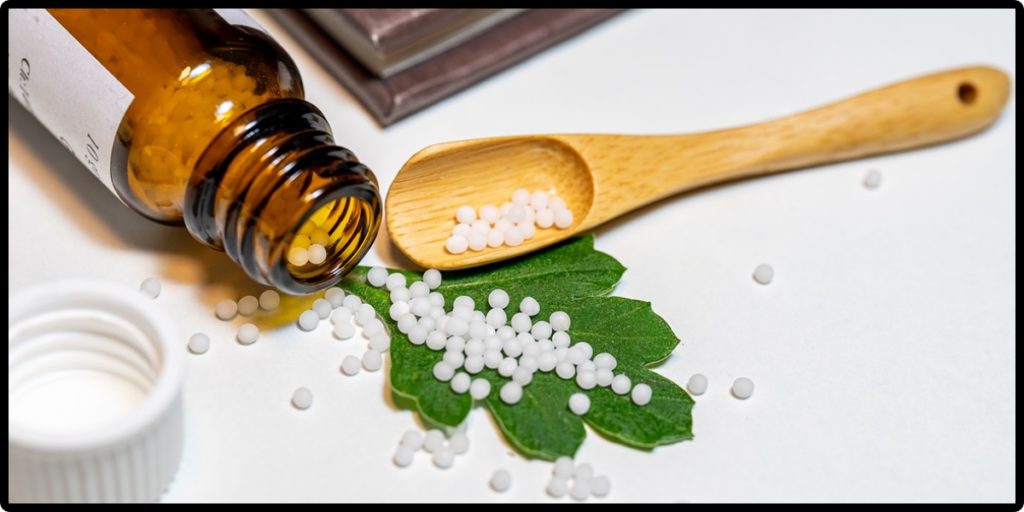
- Oral homeopathic remedies: Homeopathic arnica is offered as pellets or pills for oral use. Homeopathy is said to operate on the “like cures like” precept and relies on highly dilute Arnica medications. It is often employed to relieve the pain, bruising, and swelling imposed by incidents and surgical operations.
Arnica Herbal Tea:
- Although it’s uncommon, some individuals prepare arnica herbal tea by steeping arnica flowers in hot water. Arnica is deadly if consumed uncooked; thus, this procedure must be done with caution. Therefore, it is imperative to get advice from a licensed herbalist or healthcare provider before making or ingesting Arnica tea.
Considerations when using Arnica:
- Observe Directions: When using goods containing arnica, always abide by the directions on the product label or those that a healthcare provider may have given you. Damaged skin or open wounds shouldn’t be treated with arnica.
- Patch test: To rule out any allergic reactions or harmful effects, apply arnica topically to a small, discrete area of skin before applying it to a larger region.
- Avoiding Ingestion: Because it can be poisonous when taken orally, arnica should never be swallowed. Keep it out of children’s and animals’ reach.
- Consult a Healthcare Professional: Before using arnica, be sure it is safe for your particular circumstance by speaking with a healthcare professional if you have any underlying medical issues, are pregnant or breastfeeding, or are taking any medication.
IN SUMMARY,
While arnica is considered safe for topical use when used as directed, it may not be suitable for everyone, and individual reactions can vary. If you have persistent or severe pain, it is important to consult a healthcare professional for proper evaluation and guidance on pain management.
Peppermint
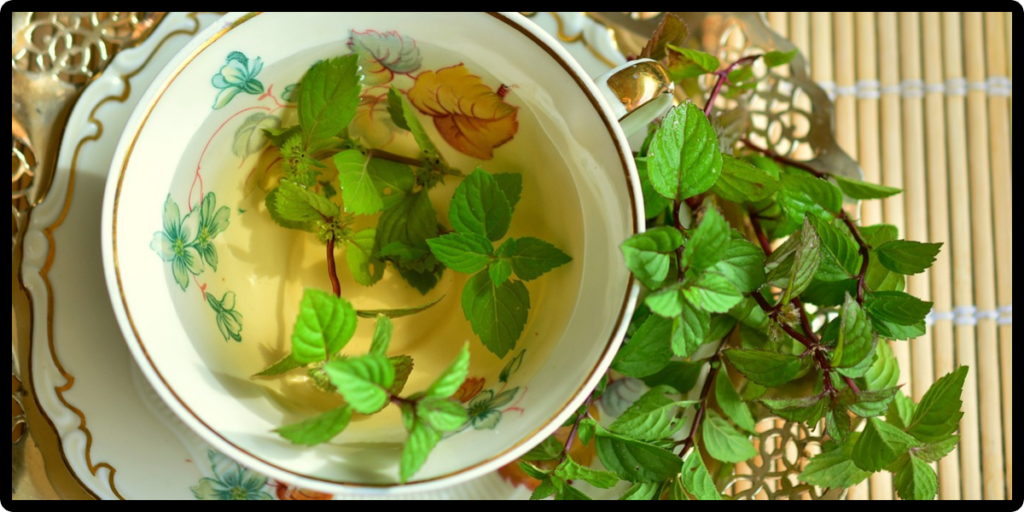
Peppermint (Mentha x piperita) is a versatile herb that is known for its potential pain-relieving properties. It contains several active compounds, including menthol, which gives it its characteristic cooling sensation and analgesic (pain-relieving) effects.
How peppermint can be used for pain relief:
Muscle Pain and Soreness
- Peppermint oil can be given topically to tight muscles to relieve pain and stiffness. Massage the afflicted region with a mixture of peppermint oil and a carrier oil. Muscle pain and inflammation can be relieved by peppermint’s cooling impact.
Headaches and Migraines:
- Peppermint oil is often used topically to alleviate tension headaches and migraines. Dilute a few drops of peppermint oil with a carrier oil, such as coconut or almond oil, and gently massage it onto your temples and forehead. The cooling sensation and menthol in peppermint may help relieve headache pain and reduce muscle tension.
Joint Pain:
- Peppermint oil may also be used topically to relieve joint pain. Apply it to the afflicted joints after diluting it with a carrier oil and gently rubbing it in. As a result, illnesses like arthritis might cause less discomfort and suffering.
Menstrual Cramps:
- Peppermint tea might relieve menstrual cramps. Warm peppermint tea should be consumed immediately after brewing. The menthol in the tea may aid in uterine muscle relaxation and cramp alleviation.
Dental discomfort
- Dental pain, including toothaches and gum irritation, can sometimes be relieved by using peppermint oil or products with peppermint flavoring, including toothpaste or mouthwash. A mouthwash with peppermint in it could also help relieve a sore throat.
Digestive Discomfort:
- The digestive benefits of peppermint tea are widely recognized. Bloating, gas, and indigestion can all be relieved by it. After a meal, a cup of peppermint tea may help with digestive issues.
Sunburn and Skin Irritations:
- Peppermint oil mixed with a carrier oil can be applied topically to soothe sunburn and skin irritations. The cooling effect can help alleviate pain and reduce redness.
When applying peppermint to ease pain:
- Avoid skin sensitivity by diluting peppermint essential oil with a carrier oil.
- Before using peppermint oil on a broader area of skin, perform a patch test to check for adverse reactions.
- Before using peppermint as a supplement, especially if you have any existing health problems, are pregnant or nursing, or are on medication, consult with a healthcare provider.
CONCLUSION:
Peppermint is generally considered safe for most people when used topically or as a tea, but it’s essential to use it cautiously and seek professional guidance when necessary, especially for specific medical conditions.
Conclusion: Green healing with pain relief plants is a journey of discovery and holistic wellness. By embracing the natural healing power of plants, individuals can find effective and sustainable solutions for managing pain and promoting overall well-being. Remember to consult with a healthcare professional before making significant changes to your pain management routine, especially if you have underlying medical conditions or are taking medications.




